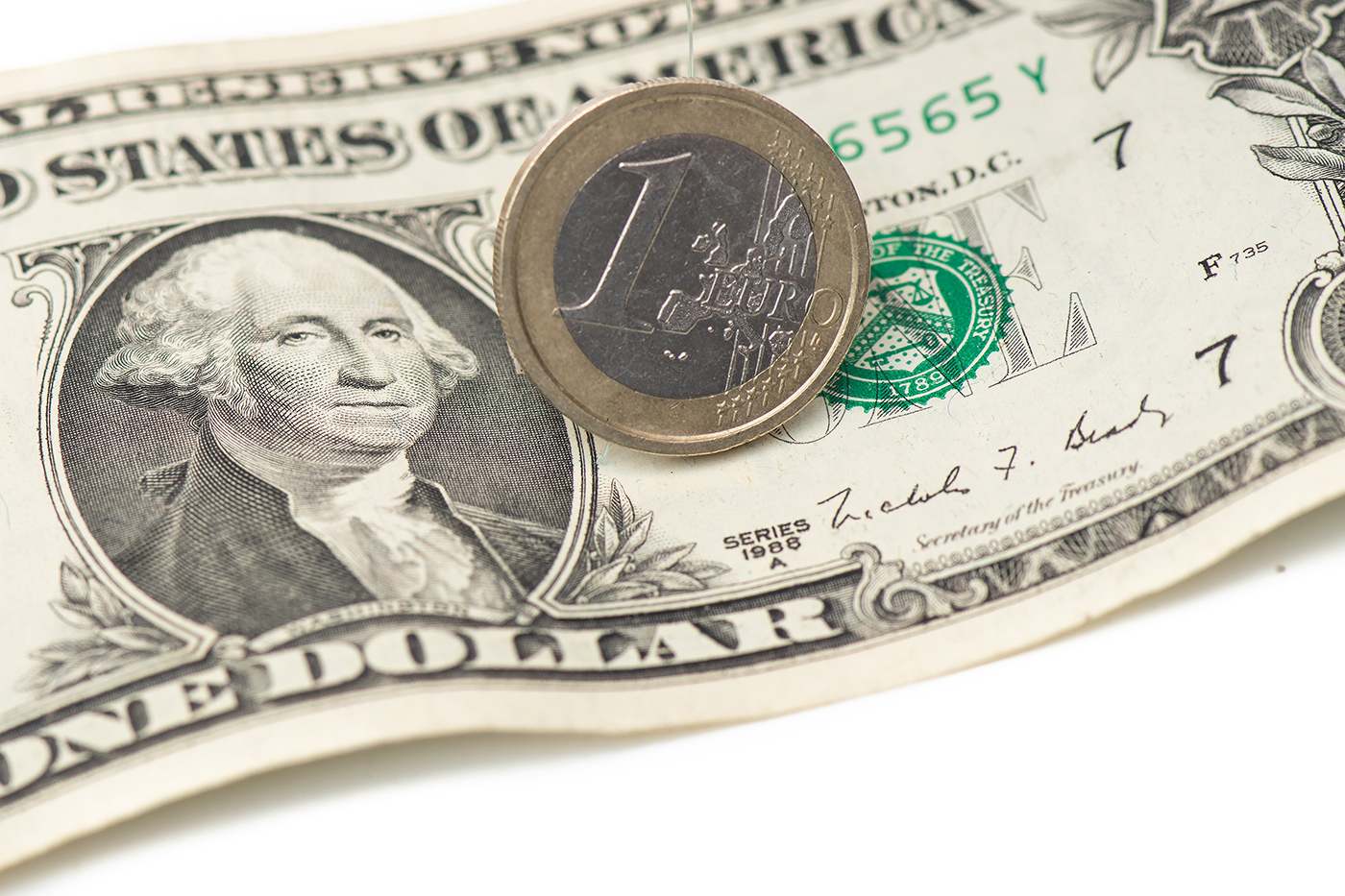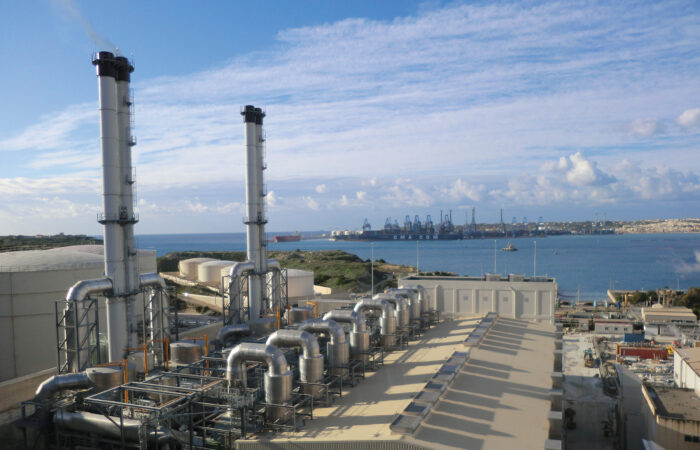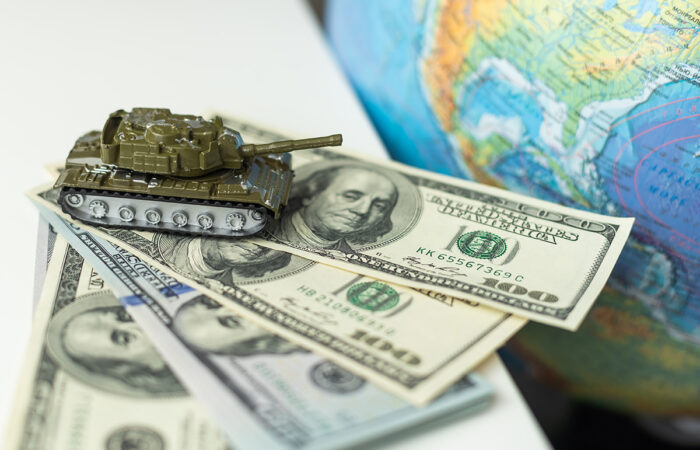Maria Demertzis*
The last time the euro was at parity with the dollar was 20 years ago in November 2002. The current situation of an almost one-to-one exchange is therefore an event of some economic significance. It is not, however, representative of the euro’s value relative to the dollar. Rather the current parity has a lot more to do with the dollar appreciating rather than the euro falling. Monetary policy cycles in the United States and euro area are not in sync currently, with US rates rising much faster than in the euro area, therefore pushing the value of the dollar.
While the nominal exchange rate has reached uncharacteristically low levels, the effective exchange rate, which is a measure of competitiveness, has not. In fact, the levels now are only cyclically lower from a very stable trend in place since before the financial crisis. So the level of competitiveness in the euro area has not reduced in ways that indicate a structural deterioration. However, there is no guarantee that this will remain the case. It will depend crucially on the way that the European Union’s rapid decoupling from Russian energy affects the economy in the next six to ten months.
Economists always have a love-hate relationship with depreciating currencies. On the one hand, as the currency becomes cheaper, exporters have an opportunity to increase sales and possibly capture new markets. However, the bottlenecks that continue to persist in global value chains since the start of the pandemic mean that exporters cannot take full advantage of declining prices. On the other hand, a cheaper currency is also a sign of a weaker economy and causes higher inflation. The net benefit depends on the relative strengths of these effects.
Other than psychology, there is one more reason why breaking the euro/dollar parity is a worry for the euro area: it interferes with the ambition for the euro to become a global currency alongside the dollar.
The war in Ukraine has not only increased the geopolitical significance of finance, it has also weaponised it. From the freezing of the Bank of Russia’s assets to Putin’s skirmishes with gas-for-roubles, currencies have become powerful weapons. The more the euro is used for trade, the greater the ability of the EU to dictate terms and conditions. But also, as all euro transactions must be settled through its own settlement system, the EU could more easily impose financial sanctions and freeze euro assets held by adversaries.
The euro area represents about 15% of world GDP, whereas the US about 25%. The size of the US financial system is about twice that of the euro area, and there is about $20 trillion in outstanding debt issued by the US, all rated top quality. By contrast, there is $10 trillion of euro-area countries’ outstanding debt, only $2 trillion of which is of the highest quality. The EU’s Recovery and Resilience Fund created during the pandemic would add another €750 billion of high-quality debt, but this would still be very far from the volume of US assets available globally.
All these factors both cause and account for the fact that the US dollar remains the number one international currency, with about 60% of foreign reserves denominated in dollars, and only 20% in euros. And then there is China, with an economy and financial system more or less the size of the EU’s but with a currency that is not traded internationally. However, with a population of 1.4 billion people and much higher levels of growth than the EU and the US, China has the potential to catch up and also challenge the dollar’s supremacy.
The real question then is how Europe can use policy to promote the use of the euro globally. The relative value of any currency is an outcome rather than a policy target. Keeping the currency artificially strong is neither sustainable nor desirable. By contrast, a strong and robust economy will also lead to a strong euro. Designing and applying policies that will make the euro area strong is, therefore, the only sustainable policy target.
There are various suggestions on how to promote the international role of the euro. But outsiders looking to use the euro more are not convinced by just the individual euro-area countries doing well. They need to be convinced that the euro area and the EU as institutions will continue to function, and are discouraged when the architectural imperfections of the monetary union block good policymaking. One obvious example of this is the risk of financial fragmentation prevalent now in the euro area. This poses great dilemmas for the European Central Bank and its ability to preserve financial and monetary stability at the same time.
More than anything else, it is the lack of certainty that the euro will continue to exist no matter what that prevents it from picking up a greater international role. Until this is addressed, the dollar will continue to be the global hegemon.
Maria Demertzis is the Deputy Director at Bruegel, a Brussels based think-tank. This piece was published as an opinion column on the Bruegel blog and also re-posted here, the blog of the Cyprus Economic Society.




